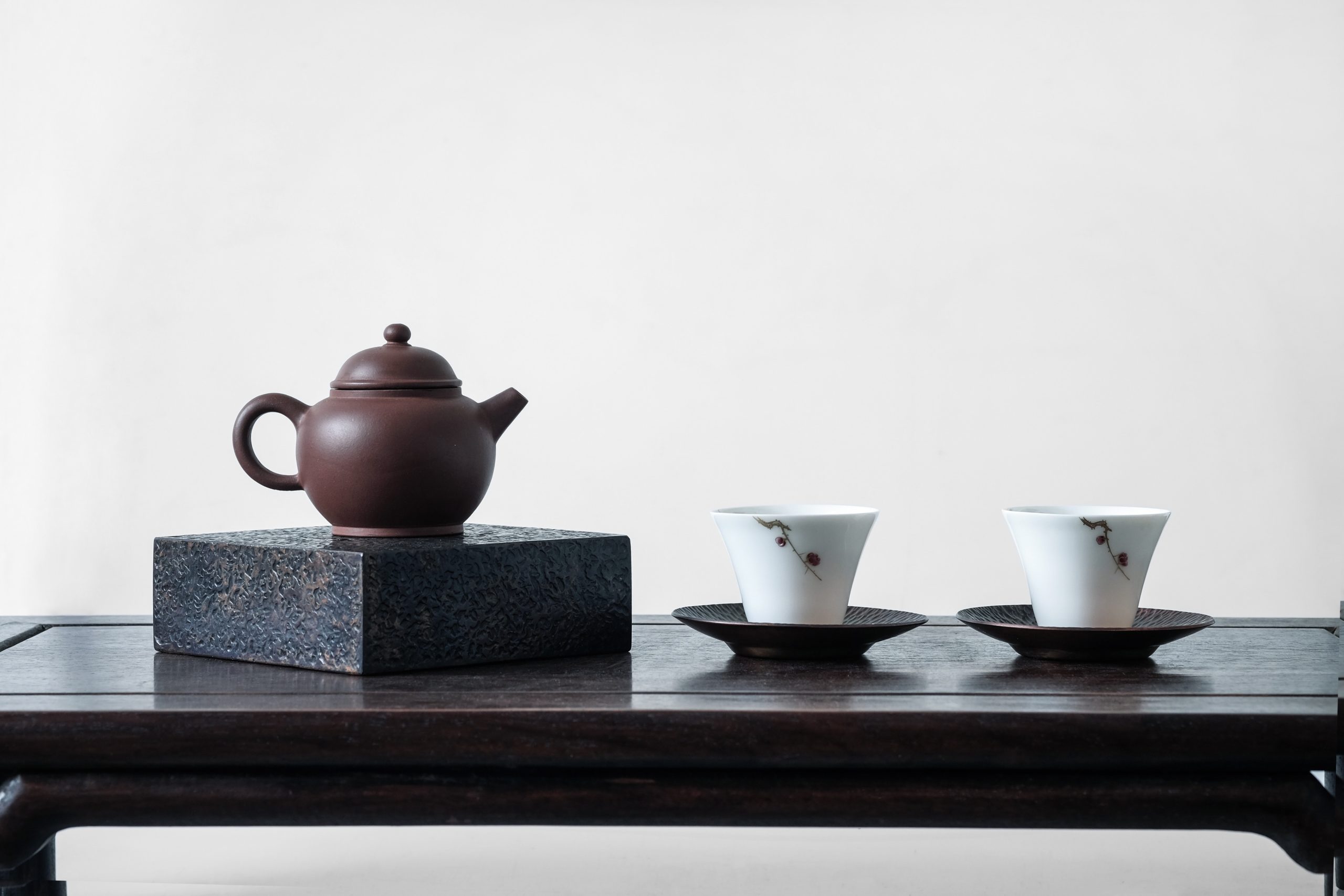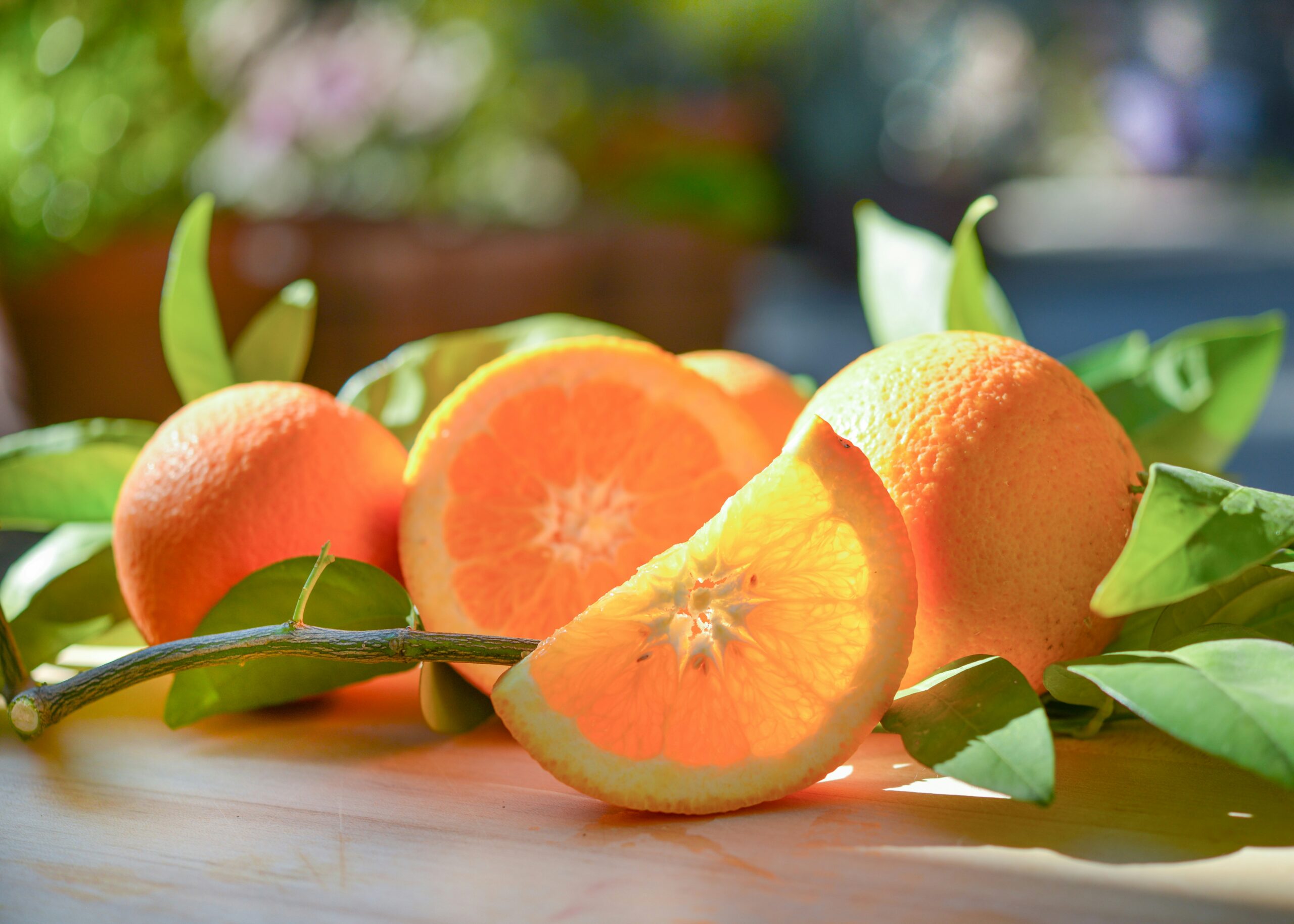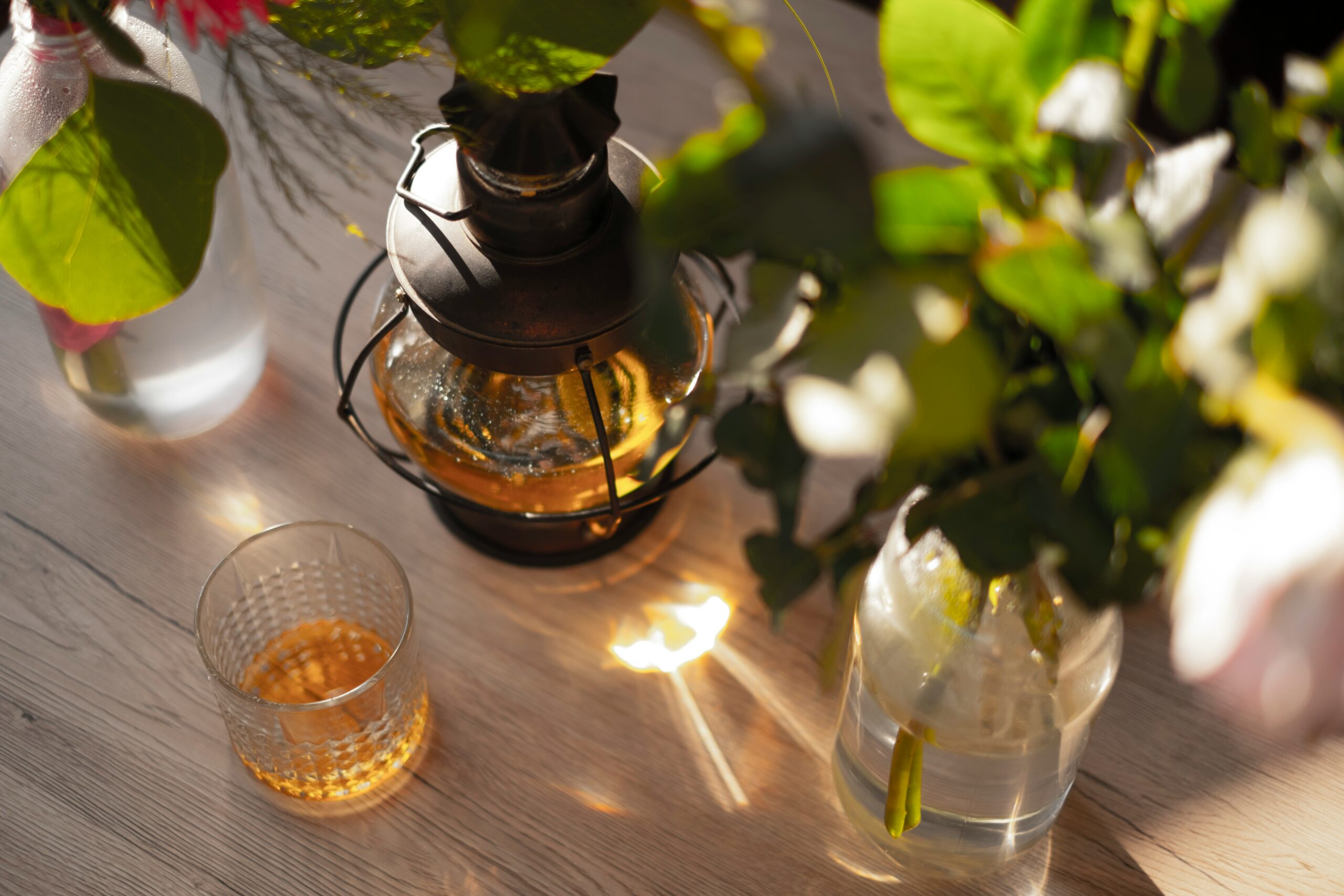What does domestically-produced oolong tea taste like? Introducing the characteristics of domestically-produced oolong tea and how to brew it deliciously.
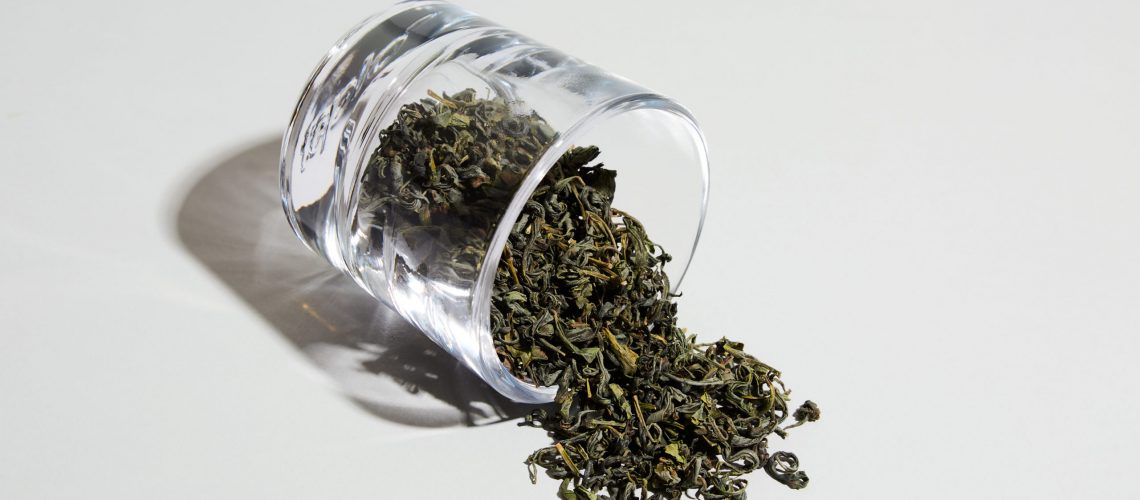
Many people might think of China or Taiwan as the main regions for oolong tea production. However This article As introduced earlier, green tea, oolong tea, and black tea all come from the same plant. While certain tea varieties are better suited for oolong tea, it is possible to produce oolong tea in Japan as well. Although the production volume is not very high, domestically produced oolong tea is mainly made in regions like Miyazaki. This is because the production process for oolong tea is similar to that of the pan-fired tea that is commonly made in Miyazaki, making it easier to produce domestic oolong tea in that area.
In this article, we will introduce the characteristics of domestically produced oolong tea and how to brew it deliciously.
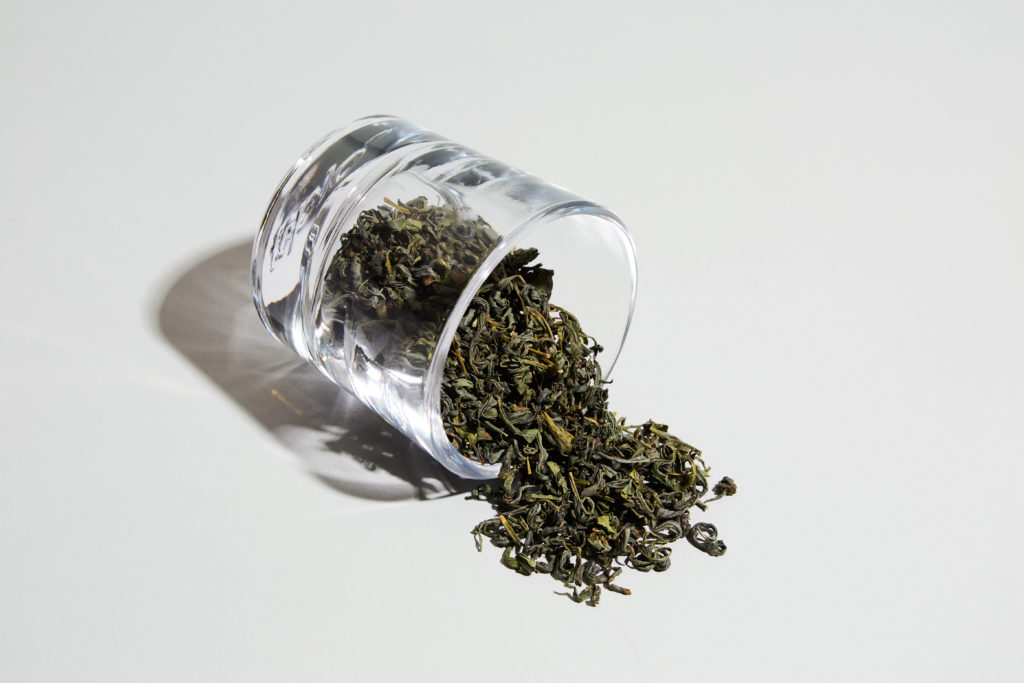
Oolong tea can vary widely in appearance and taste. Some, like Tie Guan Yin, are rolled into small balls, while others might look like dark brown hojicha leaves. Among these, the type of oolong tea most commonly produced in Japan is likely to resemble the one shown in the above photo.
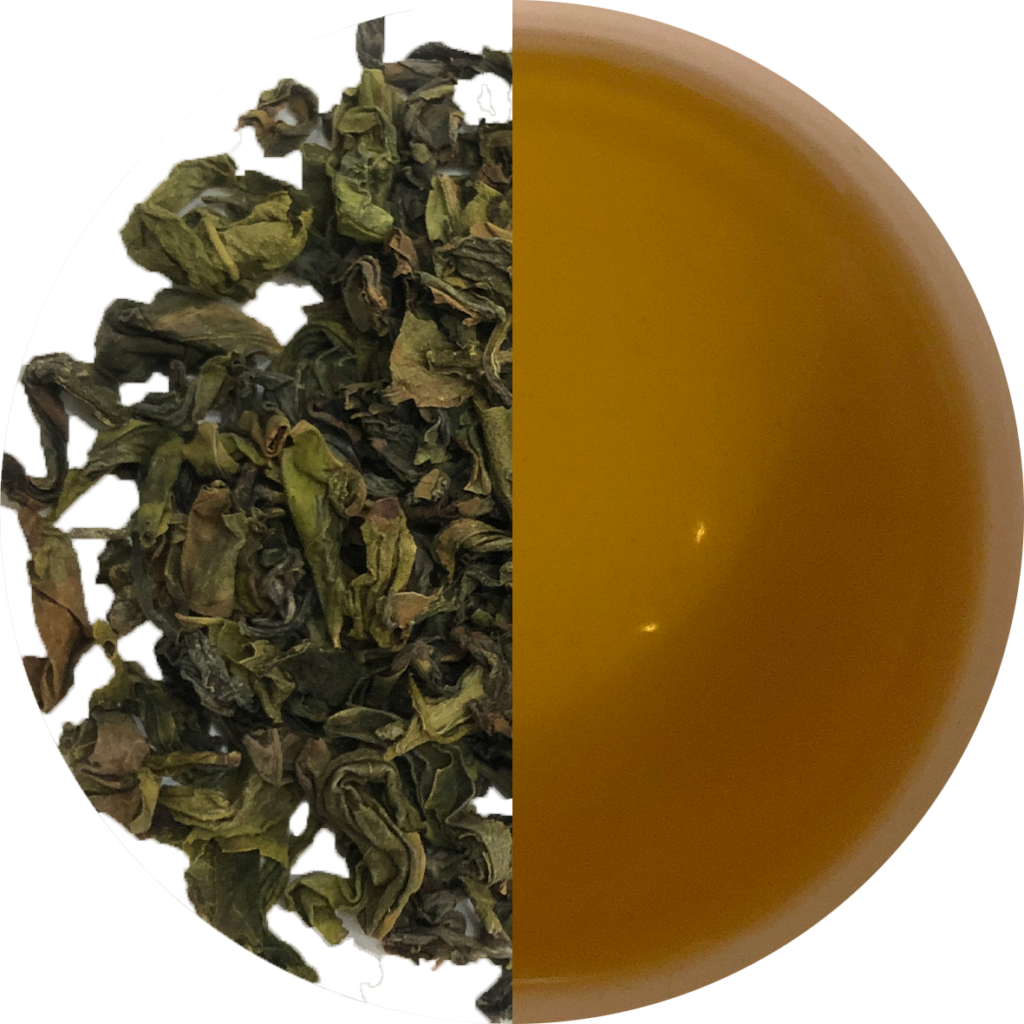
Characteristics of Tea Leaves and Tea Appearance
Tea Leaves Before Brewing: Compared to standard green tea, the leaves are larger and more noticeable. The brewed tea has a pale golden color.
Taste Characteristics: Despite its transparent, pale golden color, the tea has a robust richness. It offers a solid body but finishes with a clean aftertaste.
Aroma Characteristics: Domestic oolong tea often has a floral aroma known as “withering aroma” . This aroma develops during the withering process, where the tea leaves are spread out, regularly shaken, and lightly bruised to promote fermentation (oxidation) and remove some moisture. This process causes the leaves to develop a unique floral scent due to the stress from bruising and UV exposure. Although this aroma is highly pleasant, it is considered a defect in green tea because it can be perceived as a sign of damaged leaves. However, intentionally created withering aroma can be very aromatic and is a feature of many Taiwanese teas. Recently, withering aroma has started to be recognized in Japanese green teas, with some intentionally made to feature this aroma.
Brewing Conditions
- Amount of Tea Leaves: 5g (3–4 teaspoons)
- Amount of Water: 300ml
- Brewing Temperature: 95°C
- Brewing Time: 2 minutes
Recommended Tea Pairings
- Japanese sweets
- Cheesecake
- Mapo tofu
With its noticeable presence, clean aftertaste, and distinctive floral aroma, this tea pairs excellently with both meals and desserts. It’s also recommended to enjoy the withering aroma of oolong tea before a meal.
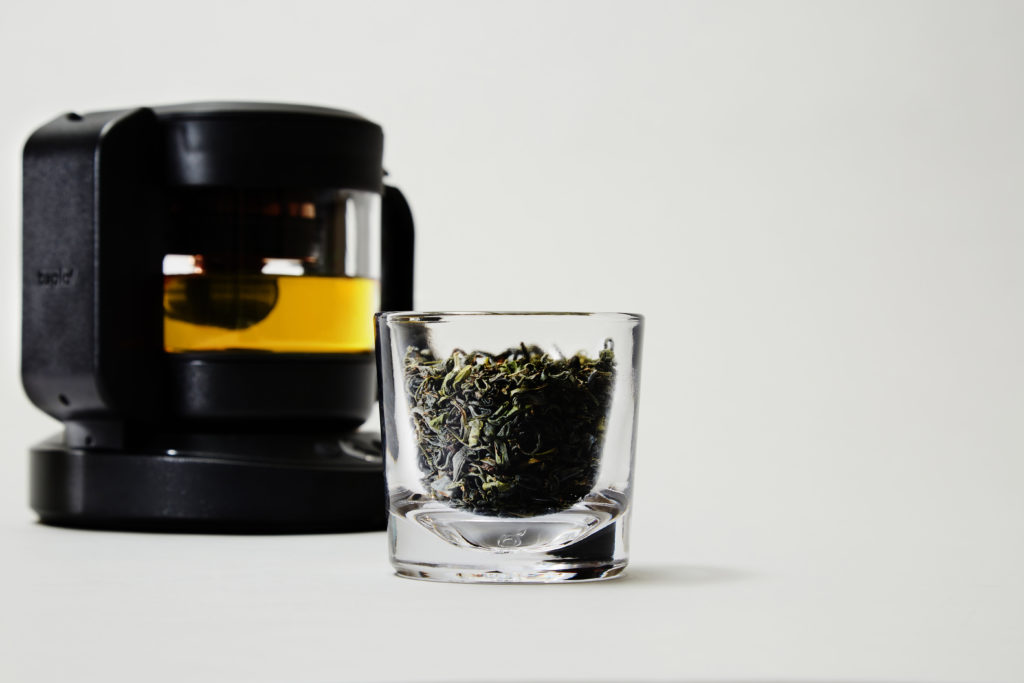
teplo teapot By using it, you can automatically brew tea under optimal conditions. If you’re interested, please check it out.
おすすめ記事
最新記事

著者情報/ teploについて

teploは「美味しいお茶を世界中に届ける」というミッションを掲げるお茶のブランドです。
お茶メディアの運営、茶葉の買付・販売、お茶の抽出機の開発・販売、飲食店にむけたお茶のメニュー開発・レシピ開発等を総合的にサポートしています。
